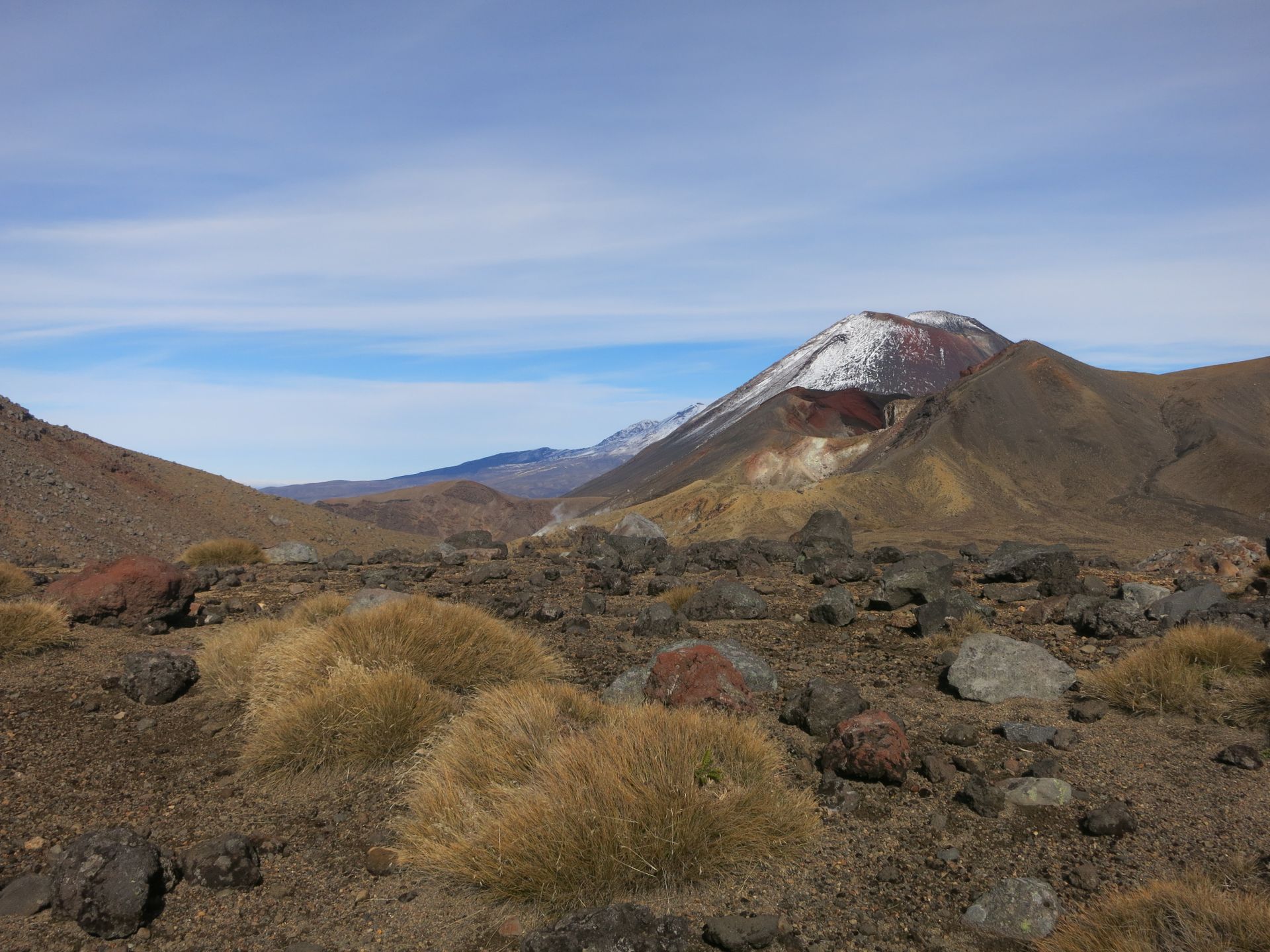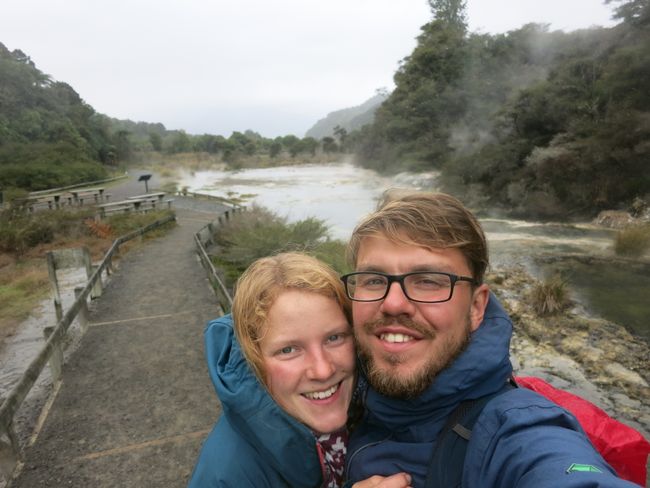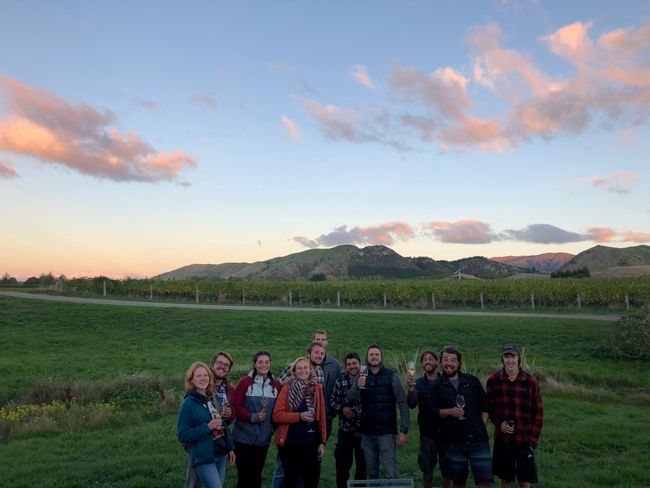High Five Seresin #2
Naipablaak: 26.07.2019
Agsubscribe iti Newsletter
The past few weeks have been all about harvest time, so it has been very busy! In theory, we were never introduced to any task, everything was done according to the motto "Learning by doing!" Most of the grapes were picked by hand, for which contractors were hired. This work was mainly done by colored men from the surrounding Pacific Islands. Later we found out that this is the most lucrative job for them and that they come to New Zealand every year for harvest season. The typical harvest day started after sunrise. Our team prepared bins in the fields to be harvested before the pickers arrived.
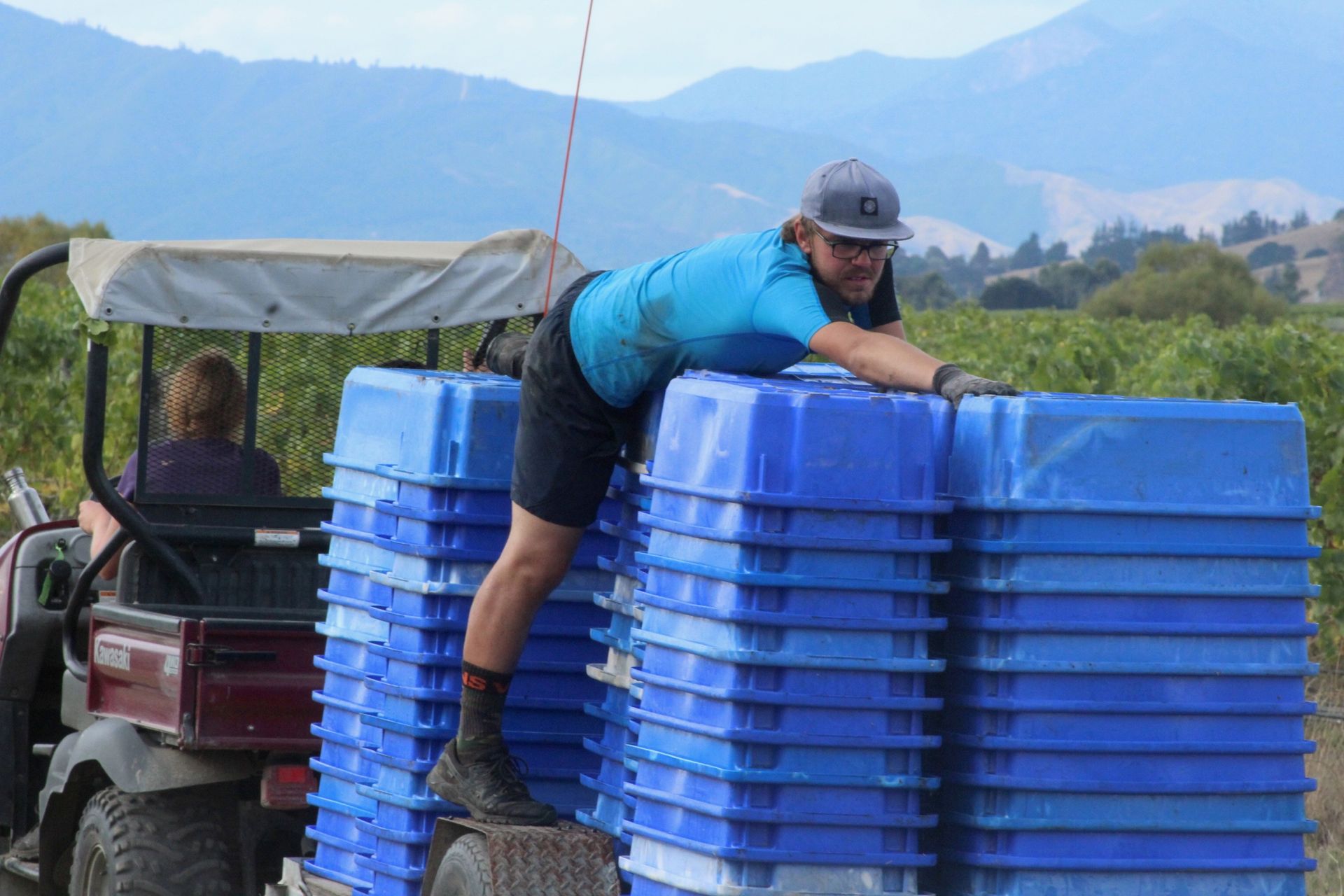
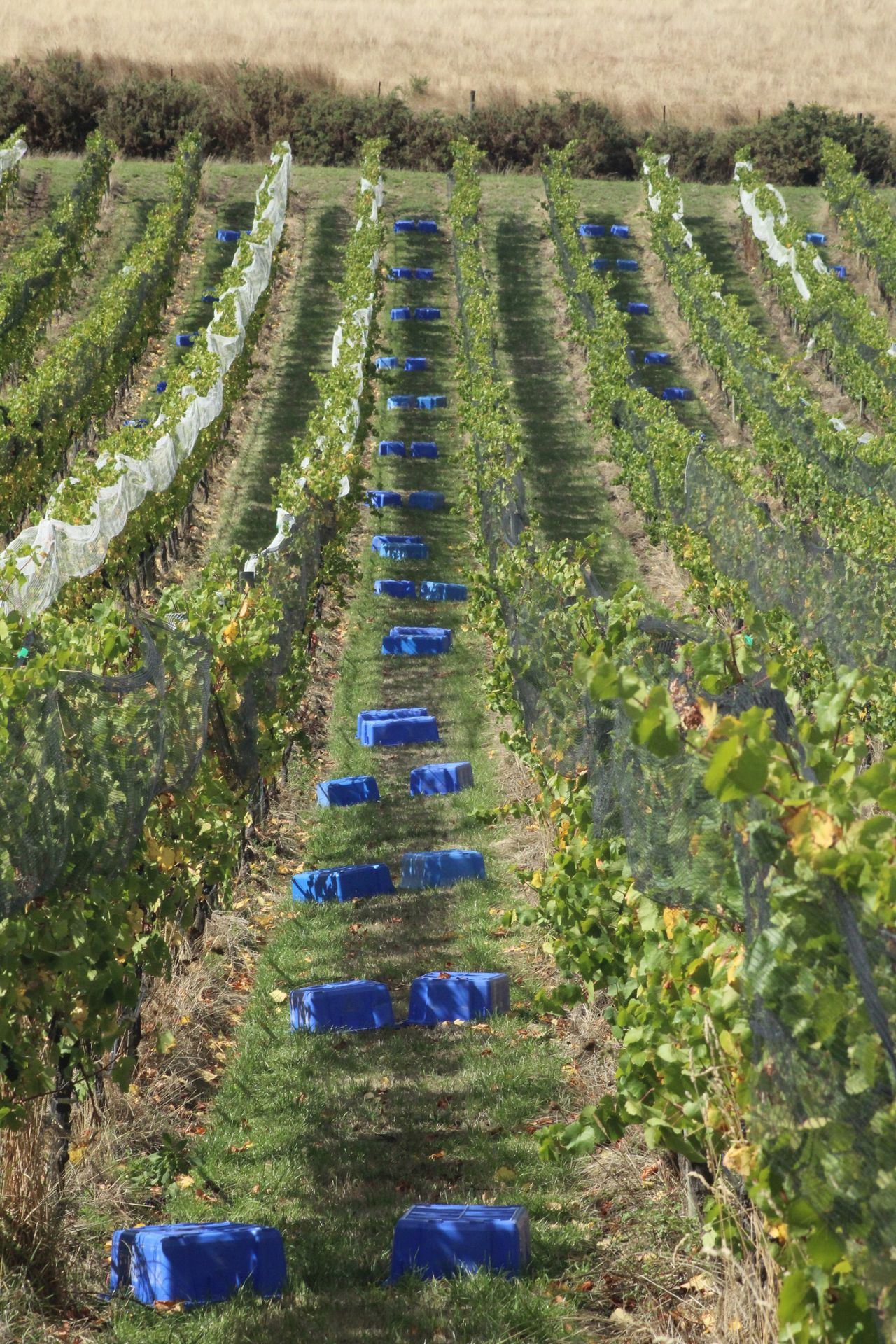
Row by row, up to 600 boxes. When filled to the brim, such a box can easily weigh 20 kg. Lifting it once sounds doable, hundreds of repetitions for hours... trust us, you feel it in your body. In the first few days, we always had a cold start before Tim intervened and started a warm-up program every day.
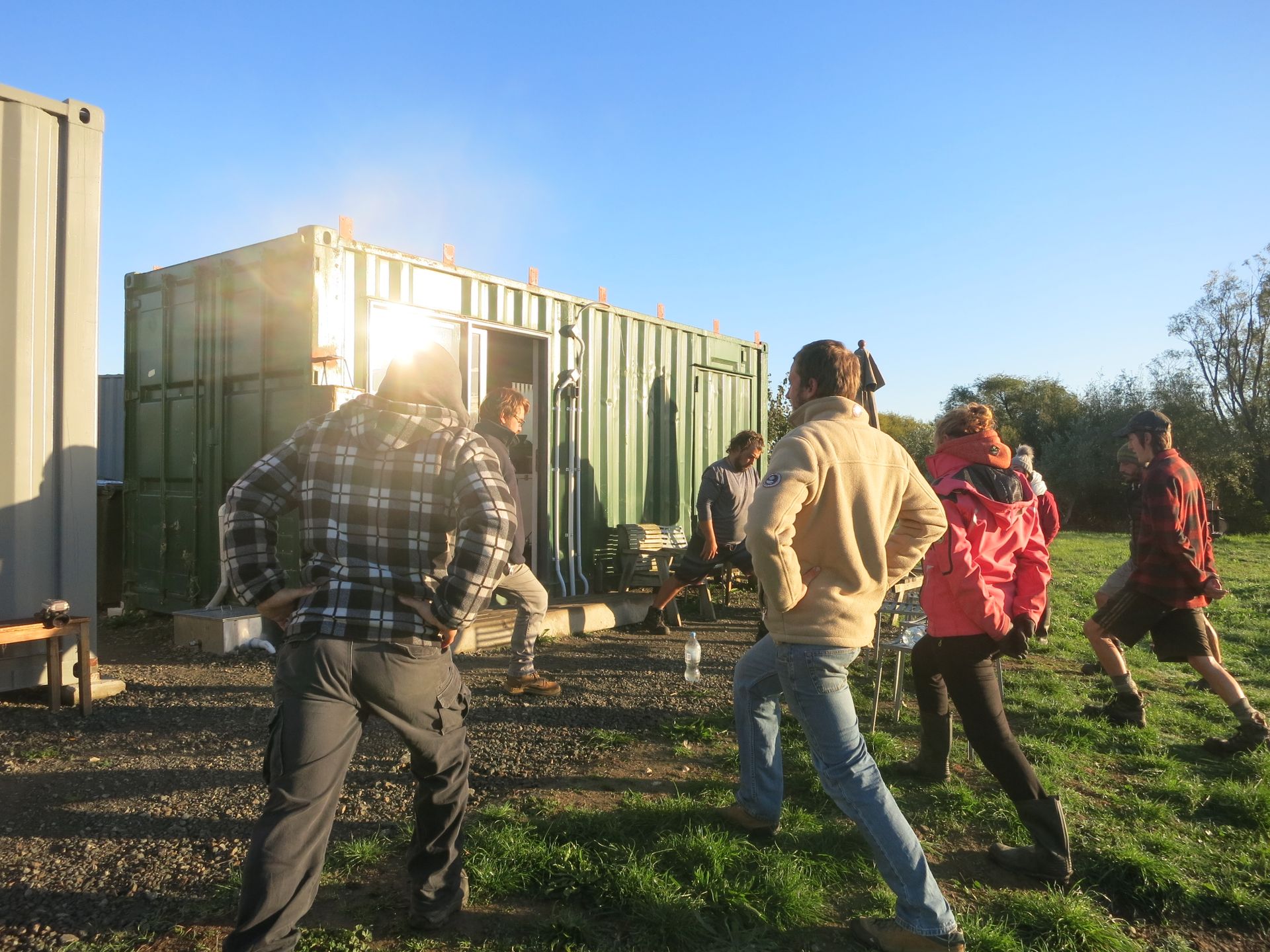
In principle, everyone in the team had different tasks, but they were all interconnected. Equipped with a trailer and mule, the girls distributed the 600 boxes and then collected them piece by piece to distribute them again. The boys continuously collected the harvested fruits, poured them in motion into a 500 kg box, which was also on a mule's trailer.
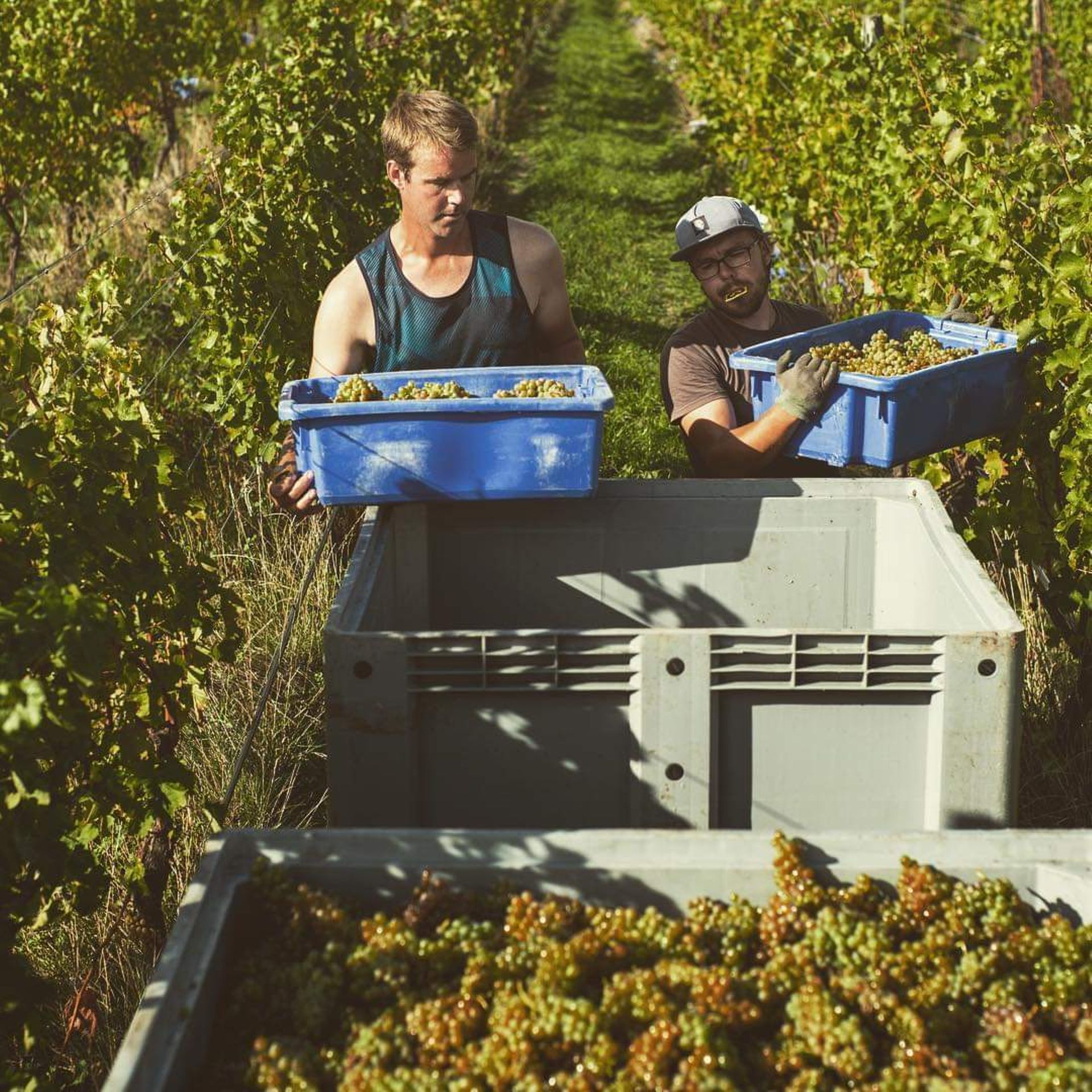
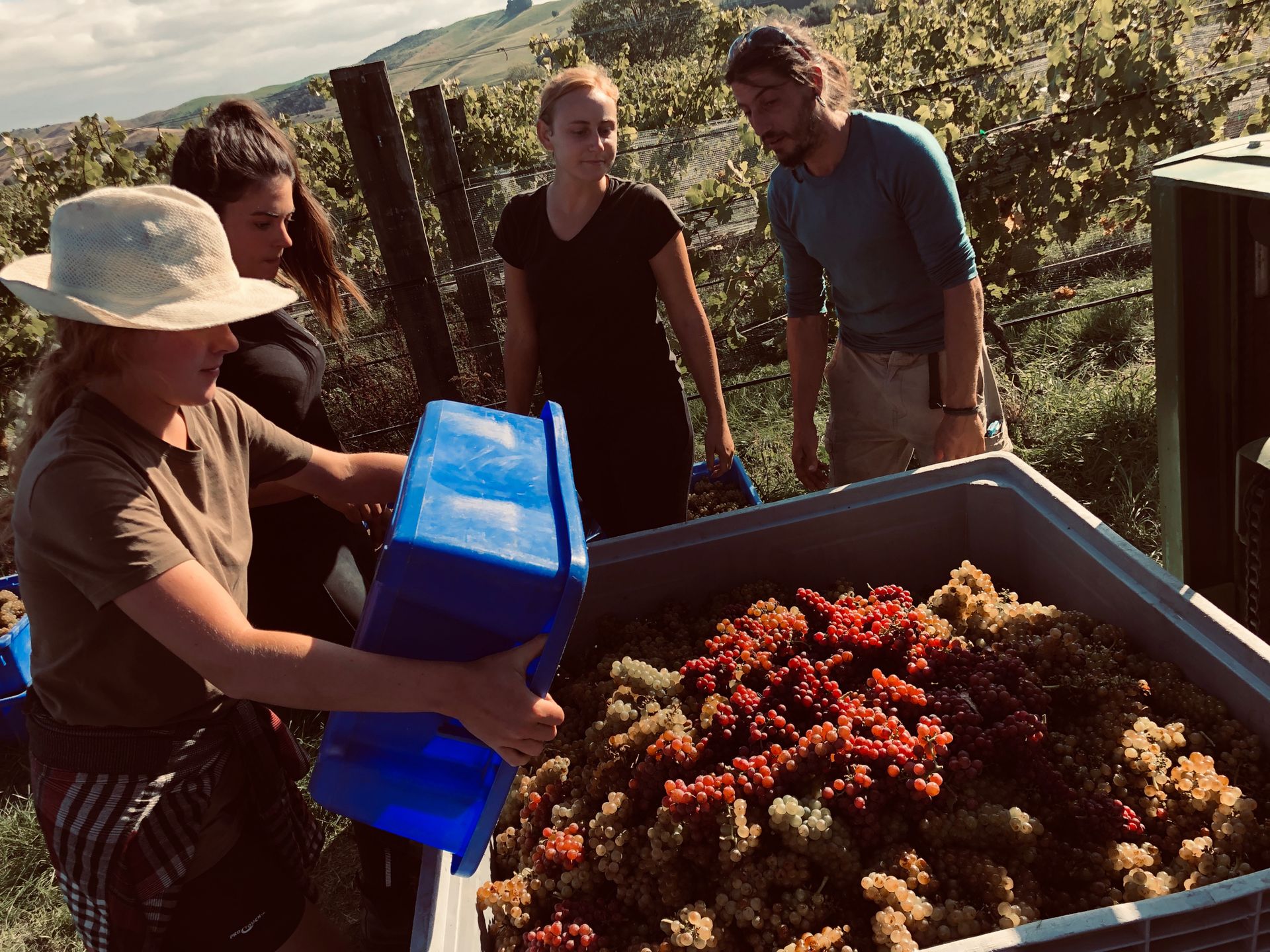
It was really important that the individual work steps functioned like a cycle so that the workers could pick continuously. Just to give you an idea, our longest and most successful day was a total of 24.5 tons of Pinot Noir. With these quantities, it is only natural that you can eat more than your stomach allows. For example, Carolin was infamous for making the already scarce Gewürztraminer completely disappear for this season.
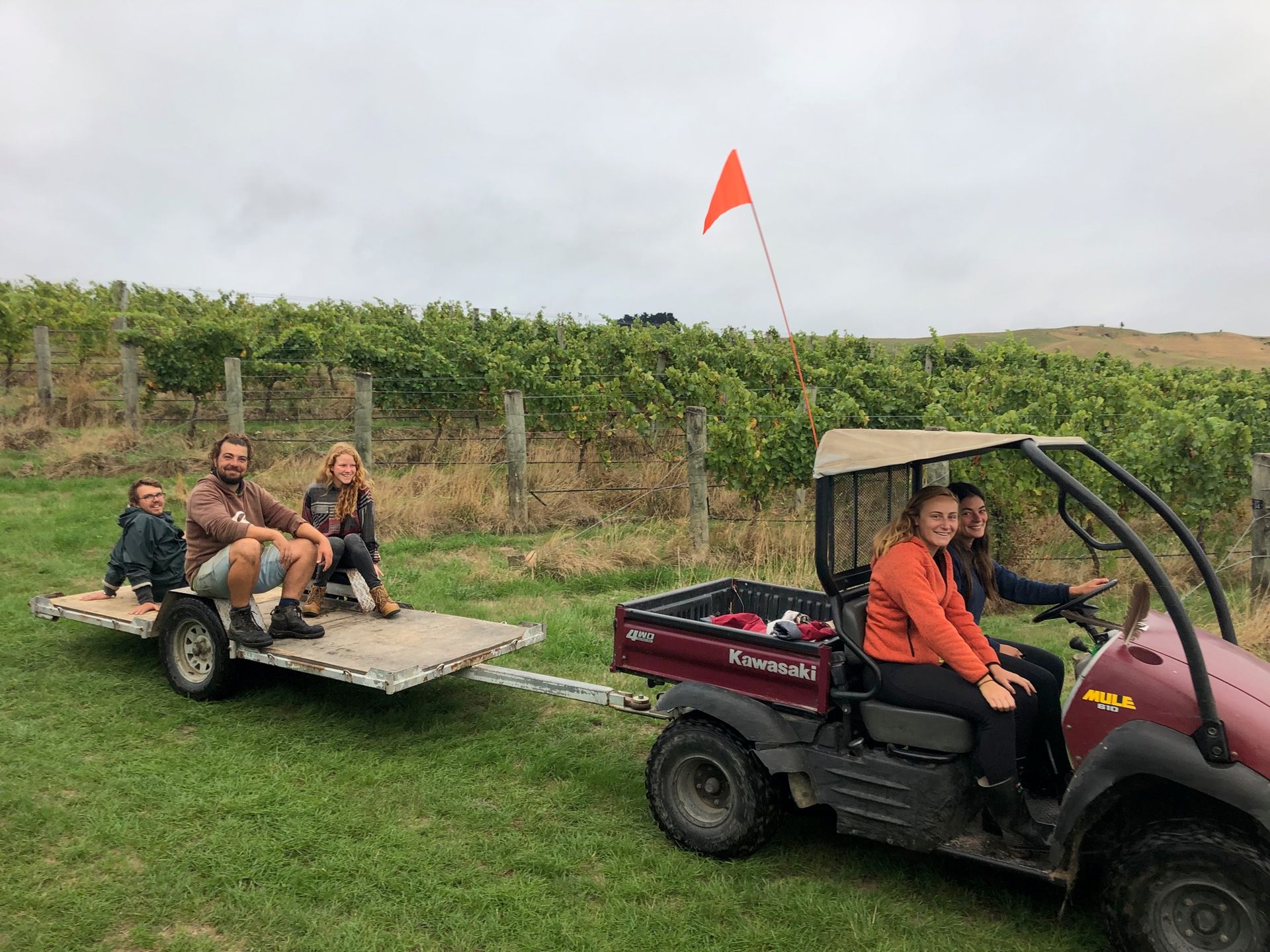
A great bonus was the provided lunch + dessert, which was much needed on a 12-hour day. Sometimes we also enjoyed a glass of homemade wine with the meal. The harvest could stretch into the late afternoon on a successful day. Afterwards, all the materials, boxes, and vehicles had to be cleaned and prepared for the next day. The conveyor-like cleaning of the 600 boxes and scrubbing the trailers often took more than two hours. At the end of the day, we would often have a beer, either directly in the vineyard or at one of our three favorite pubs.
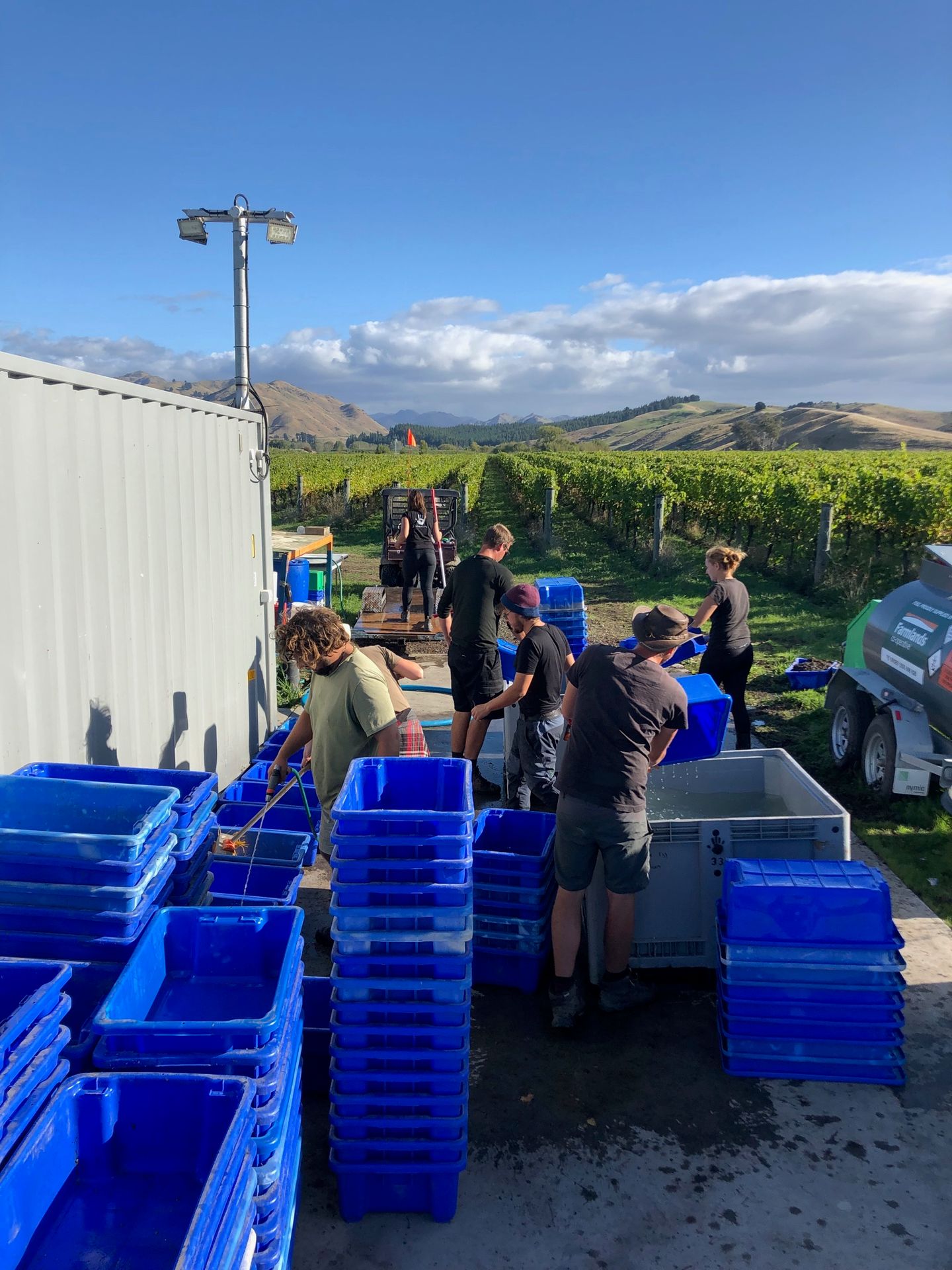

The atmosphere was above average throughout the entire time. There was a lot of laughter and discussions about different cultures. Small, genuine friendships were formed. We cooked, drank, and traveled with the other French campers.
For us, harvest time was exactly what we were looking for: a lot of work in a short time. 60-hour weeks were not uncommon.
What we particularly liked was that the winery not only follows organic principles, but also "biodynamic" principles. The founder of these theories is the Austrian Rudolf Steiner. This means that organic practices are supplemented with alternative, esoteric methods. Moon phases play a role and sustainability is aimed for in daily work. For example, we were allowed to enrich several hundred liters of water with crystals from the soil. One-hour stirring before sunrise, giving the water positive energy thanks to a generated vortex... it was something special.
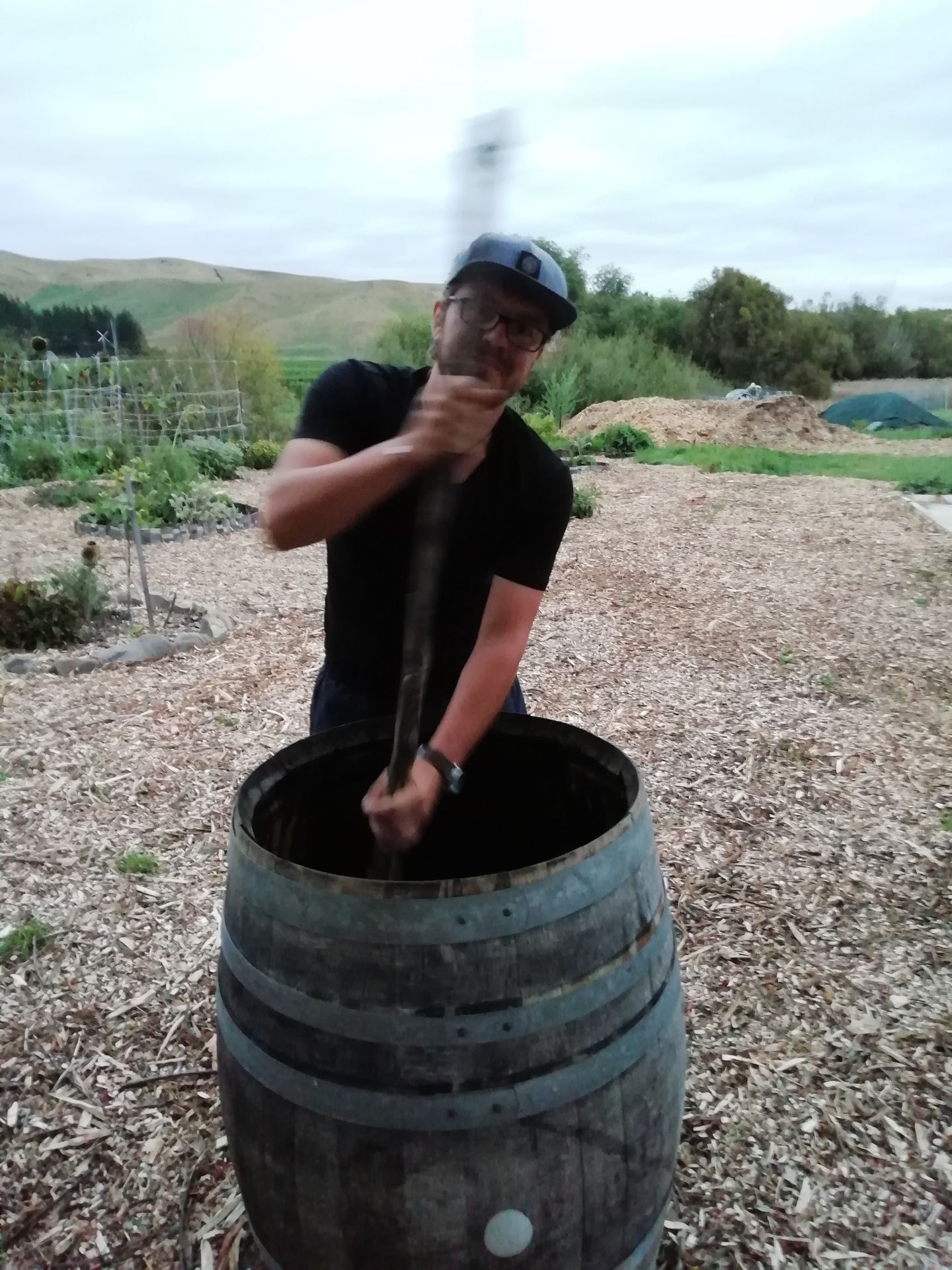
The house cow dung was initially collected with a shovel or by hand, pressed into cow horns, and then buried in a hole in the ground for use as fertilizer.
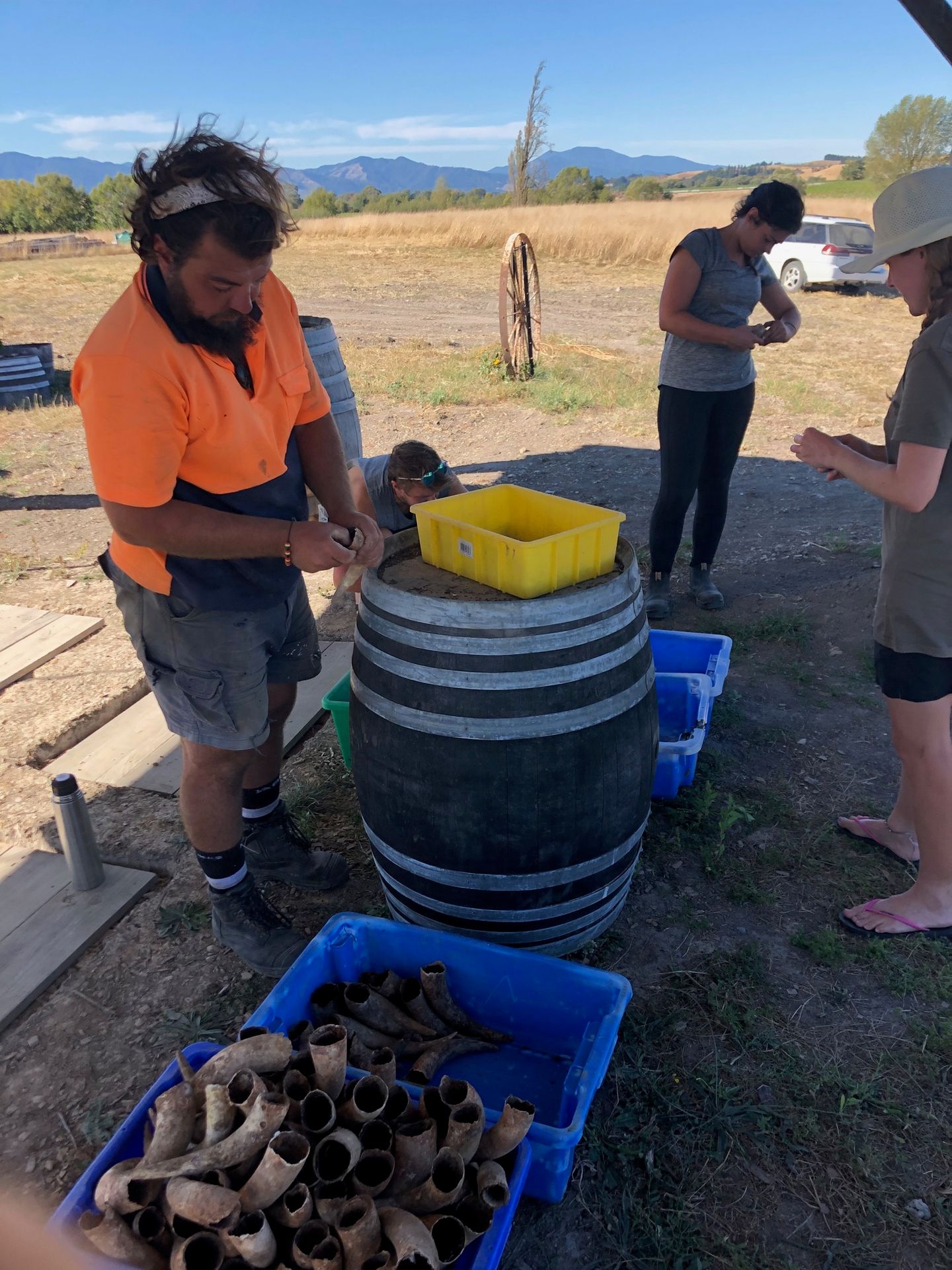
We noticed that the winery managers were keen on giving us a good overview of working with grapes. They enjoyed teaching us something and we were curious to learn. So on a free afternoon, we were allowed to visit the winery and see what happens to our previously picked grapes. The grapes were at different stages of fermentation. We were allowed to test the wines with all our senses, and it was super interesting to get to know a winery from the inside.
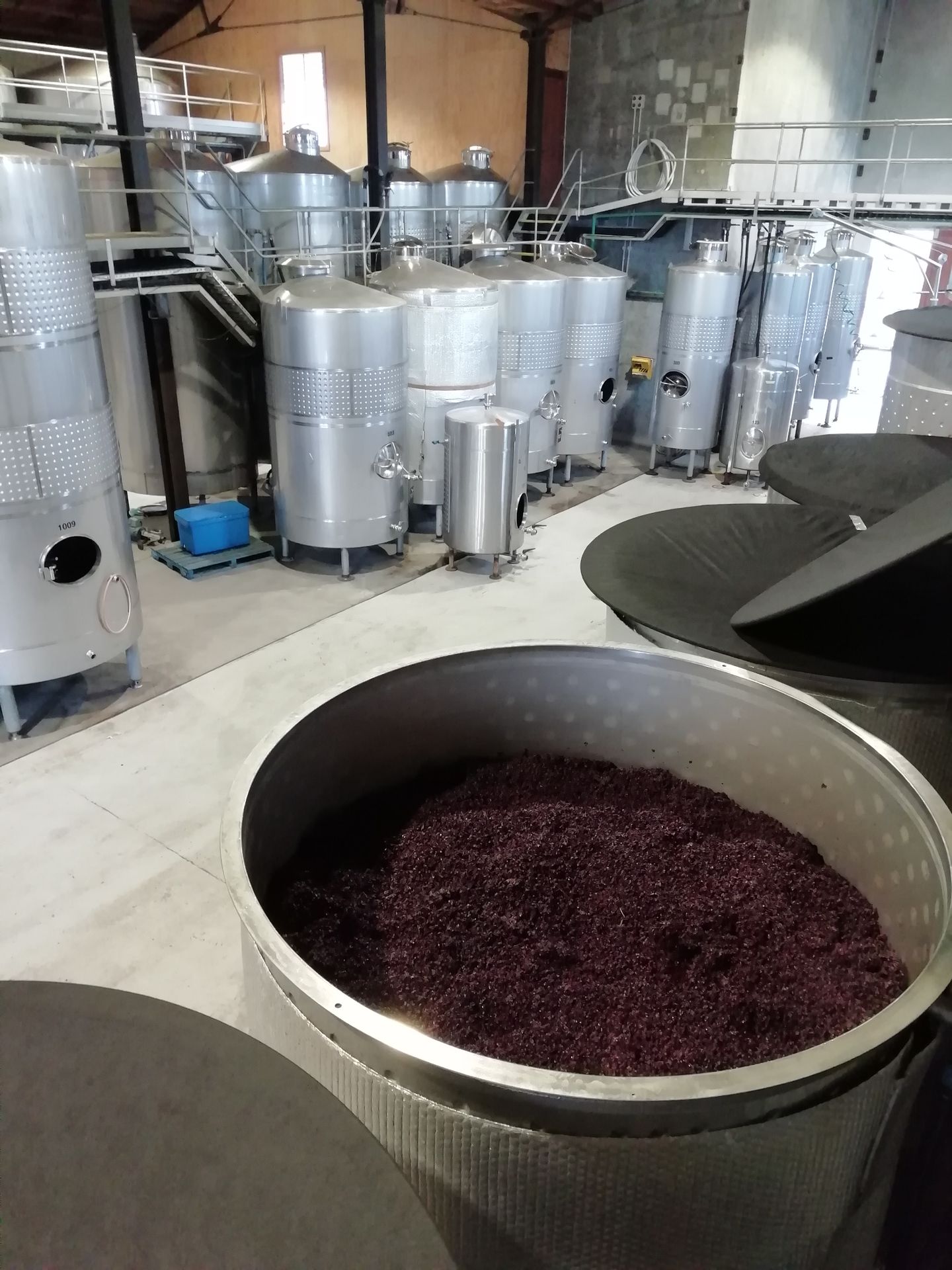
Another interesting experience was grape stomping. The winery manager and J. used huge clay pots to make a Pinot Noir and Pinot Gris. The goal was to create their own wine in a very traditional way. After a few days of rest, the stomping followed. Unlike the long stompers used in the winery's tall vats, this was done in a completely traditional way. With bare feet that had been washed in water, we stepped into the clay pots. Caro got to stomp the Pinot Noir, which was a lot of fun. We were also allowed to taste the fermenting and slightly alcoholic grapes. Stomping itself was not as easy as it sounds. It was particularly important to push the grapes from the surface down. Even with all her strength, Caro just wouldn't sink, while L., the Frenchman in the Pinot Gris, had already disappeared into the pot with his upper body.

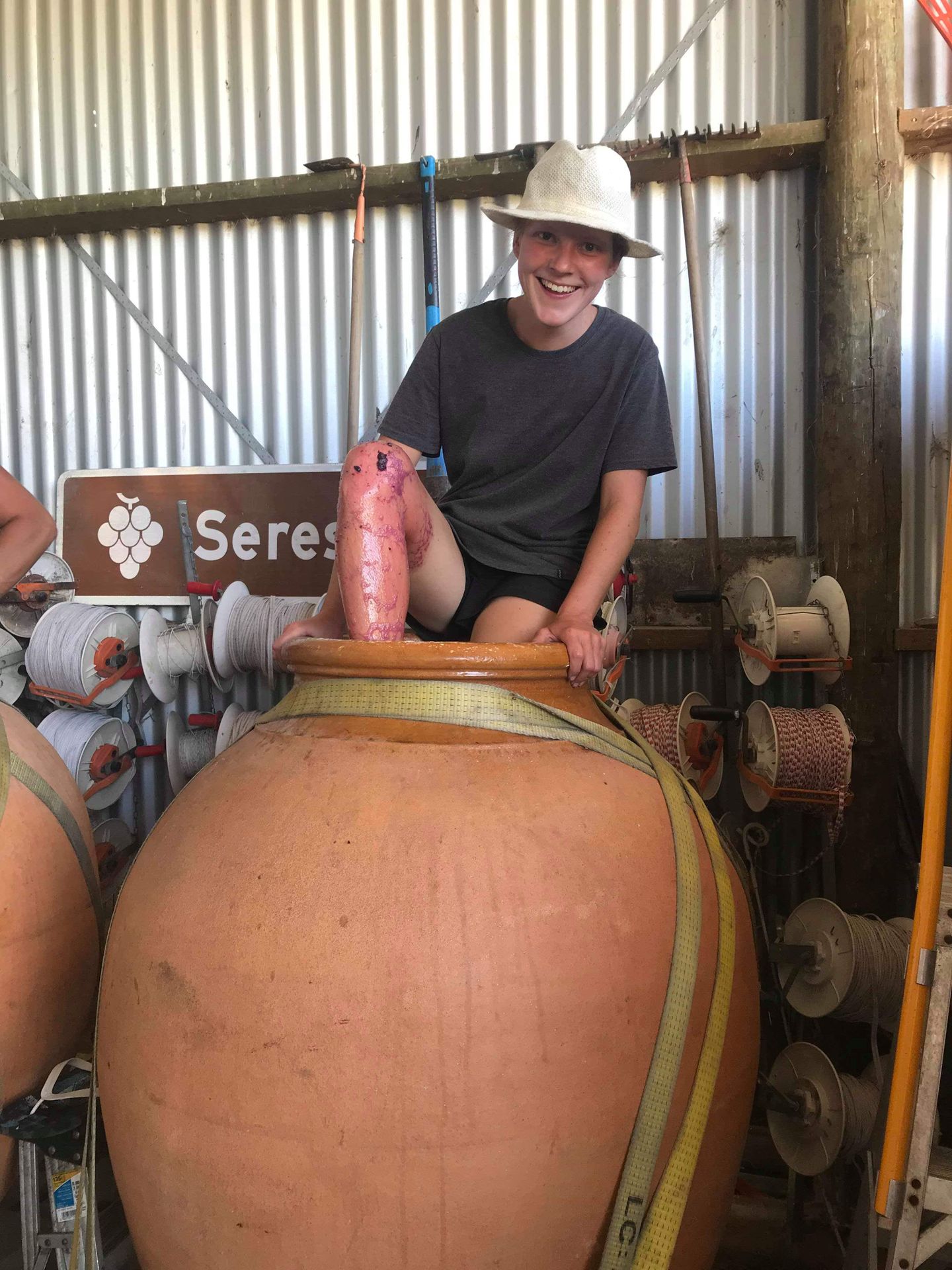
After seven weeks, the day of farewell had come. It was a wonderful time, full of new and exciting experiences, and it was damn hard to leave. We felt really comfortable in this place, the work with the wine was fun and instructive, even inspiring. The atmosphere and harmony in the team were particularly beautiful, we really grew together. Of course, there were also long working days and physically demanding tasks, but we found that we really prefer working outdoors and in nature.
Due to our schedule, we left the team before the final harvest day. A small farewell party was also a must, and besides beer and pizza, we also shared some bottles of wine, including Caro's current favorite wine, a sparkling 2010 Rosé made from Pinot Noir and Chardonnay. We enjoyed every sip and celebrated the fantastic time.
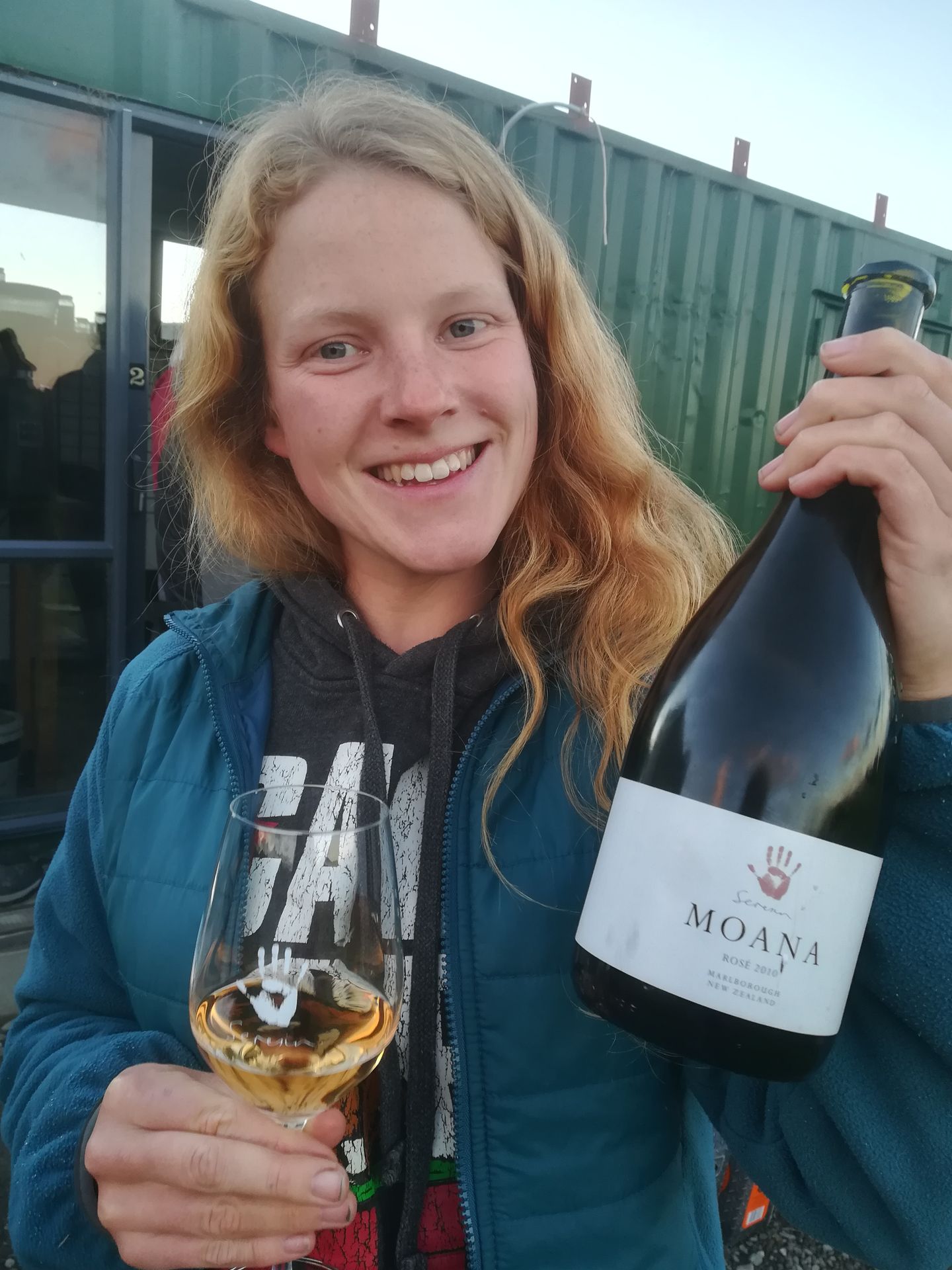
Agsubscribe iti Newsletter
Sungbat

Dagiti report ti panagbiahe Baro a Selanda
